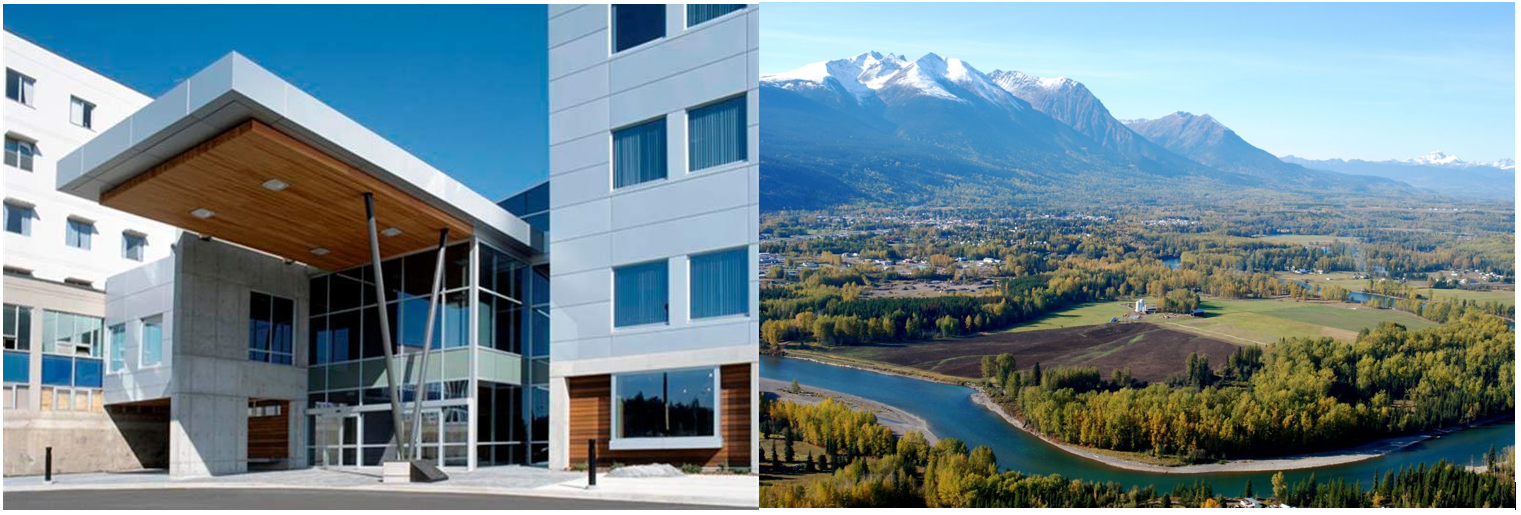
Design Focus – Building Overheating
- Building overheating can pose a significant health risk for vulnerable populations
- 619 fatalities were reported during the 2021 B.C. heat dome event[1]
- At risk groups include children, the elderly, and those with medical conditions
- Mechanical cooling is a vital component in providing relief from heat stress and will be mandated by the City of Vancouver for all multi family homes in new Part 3 buildings, beginning in January 2025.
A Warming Climate, and Extreme Weather Events
As the climate changes, extreme weather events are predicted to become more prevalent. The heat dome event of Summer 2021 in British Columbia brought overheating issues into sharp focus. According to the BC Coroner, there were 619 fatalities due to the heat event and average daily temperatures exceeded 40oC in the province.

Building Code Requirements – Cooling
In Healthcare Buildings, mechanical cooling must be provided in line with CSA guidelines, namely standard Z317.2. As outdoor air temperatures surpass code design temperatures, the ability for cooling systems to keep up during heat dome type events can be problematic. It is now typical to model building cooling requirements for healthcare facilities using code design and future weather files to determine the impact of a warming climate, and size cooling plant accordingly.
For residential buildings, including larger multi-unit residential buildings and long-term care facilities, the BC Building Code does not require mechanical cooling to be provided. As such, many residential buildings do not incorporate mechanical cooling.
In May 2022, the City of Vancouver passed a new Bylaw that requires mechanical cooling to be installed in new Part 3 multi family Buildings, beginning in January 2025.
The key takeaway is that building cooling system design is assuming an ever-greater importance and needs to be sized to consider future climate scenarios, and not just todays design conditions.
What is Overheating?
Overheating is difficult to define quantitatively due to the subjective nature of thermal comfort. High temperatures, for example, are much more tolerable at the beach than in a city environment. Some factors involved in building overheating can be seen below in a graphic that was developed for the BC Energy Step Code, Design Guide Supplement S3 on Overheating & Air Quality.

The City of Vancouver, and BC Energy Step Code (BCESC) have both attempted to set limits for overheating.
The current CoV guidelines for Passive Cooling state that the interior dry bulb temperature of occupied spaces cannot exceed specified acceptability limits (80%) for more than 200 hours per year, and 20 hours for vulnerable populations. The acceptability limits for Vancouver are outlined below and are based on a methodology defined in ASHRAE Standard 55.

Building Cooling – Design Considerations
For new construction projects, Impact places a focus on reducing building cooling demand using Passive Design techniques such as shading and natural ventilation. Effective natural ventilation has the twin benefit of improved air quality and reduced cooling demand. We use IES Energy Modelling tools to support our analysis and to determine the most effective passive and active cooling solutions.

“Retrofitting” cooling into an existing building is often very costly due to lack of existing infrastructure, space, insufficient spare electrical capacity, etc. This is more reason to start planning now!
We are often engaged to provide engineered solutions for cost effective cooling solutions. One method of doing so, is by beginning with partial cooling strategies, where cooling can be delivered by retrofitting / replacing existing rooftop units.
Passive retrofit strategies are also possible. For a recent project, Impact designed a natural ventilation system by automating existing manual windows and exhaust fans.
Every building is different, however some of the most common options to provide partial mechanical cooling in retrofit applications include:
Central:
- Heat Recovery Chiller
- Rooftop Unit Heat Pumps
- Retrofit cooling coils
Distributed:
- PTACs
- Split Units
Decarbonization & Rebates – Case Study
Although traditional cooling systems (e.g., air cooled chillers) do not qualify for incentive funding, cooling systems that can also provide heating in winter to offset fossil fuel consumption do qualify.
In 2020, Impact Engineering were engaged by Providence Health Care to provide cooling to the Brock Fahrni Pavilion long term care home on the Vancouver General Hospital campus. The building constructed in 1983, was designed as a 100% outdoor air ventilation system, without any mechanical cooling.
Impact Engineering performed a FortisBC Custom Energy Study to identify the most effective method of delivering building cooling, while also using reclaimed heat to offset site steam consumption.
The implemented solution included a thermal gradient header (TGH) system, heat recovery chiller and controls upgrade.

This project provided partial cooling for improved thermal comfort in summer, while providing heating in winter to offset steam consumption. GHG emissions from building operations have decreased by almost 80% post retrofit, resulting in a successful project on both fronts.
Impact Engineering
If you would like to learn more about opportunities to address building overheating, and how to leverage incentive programs to meet your building cooling needs, please feel free to reach out to team.
We offer energy modelling and engineering solutions to design the most effective solution to meet your needs.
[1] https://www.cbc.ca/news/canada/british-columbia/bc-heat-dome-coroners-report-1.6480026#:~:text=The%20review%20investigated%20the%20more,lived%20alone%2C%20the%20report%20said.



